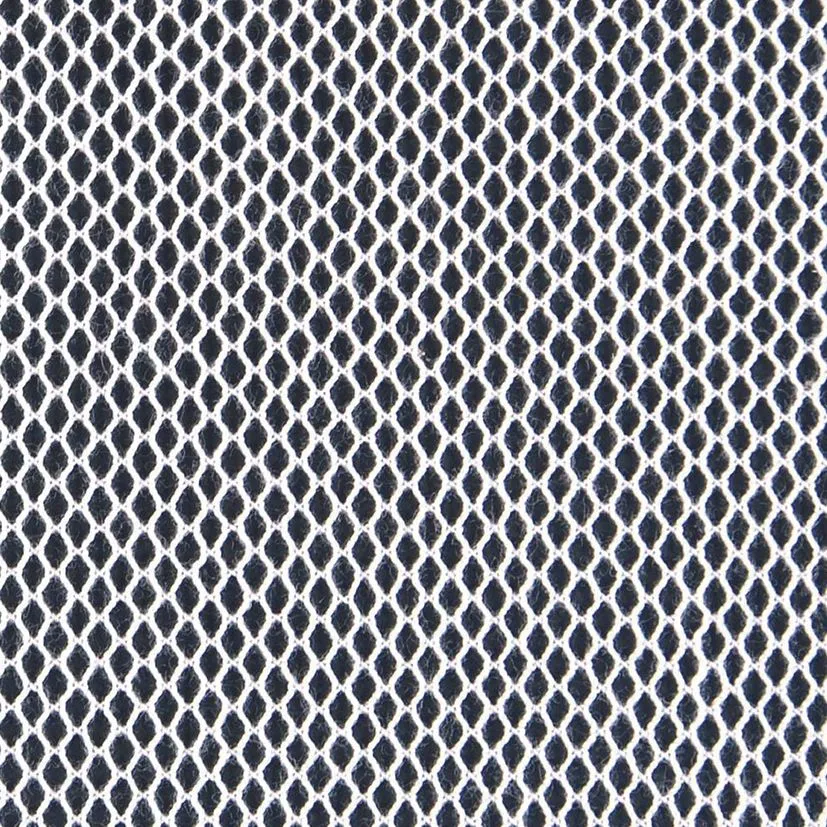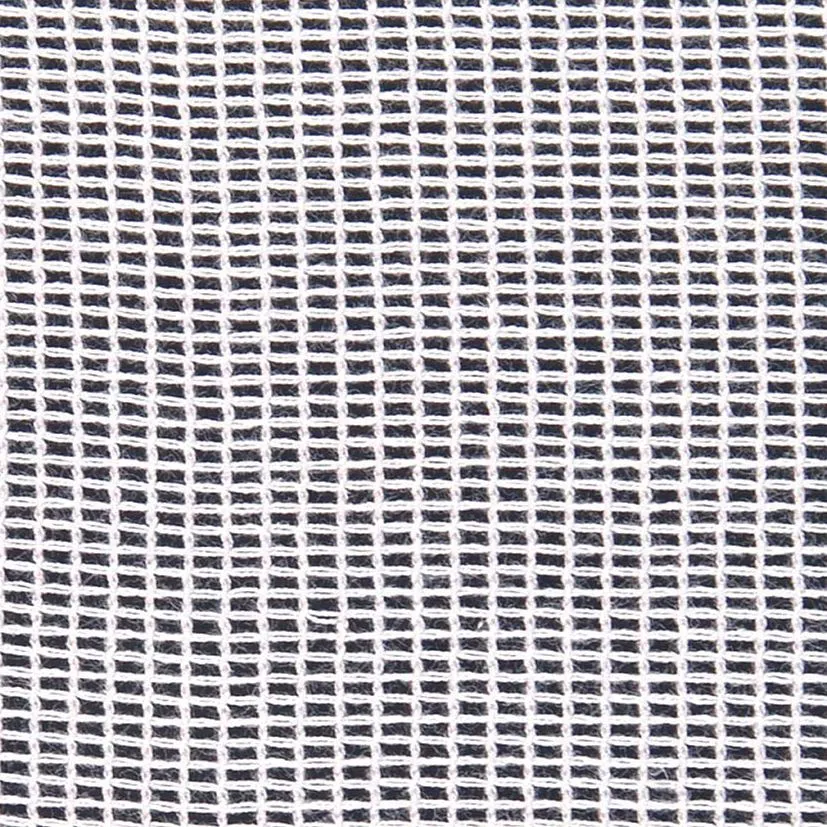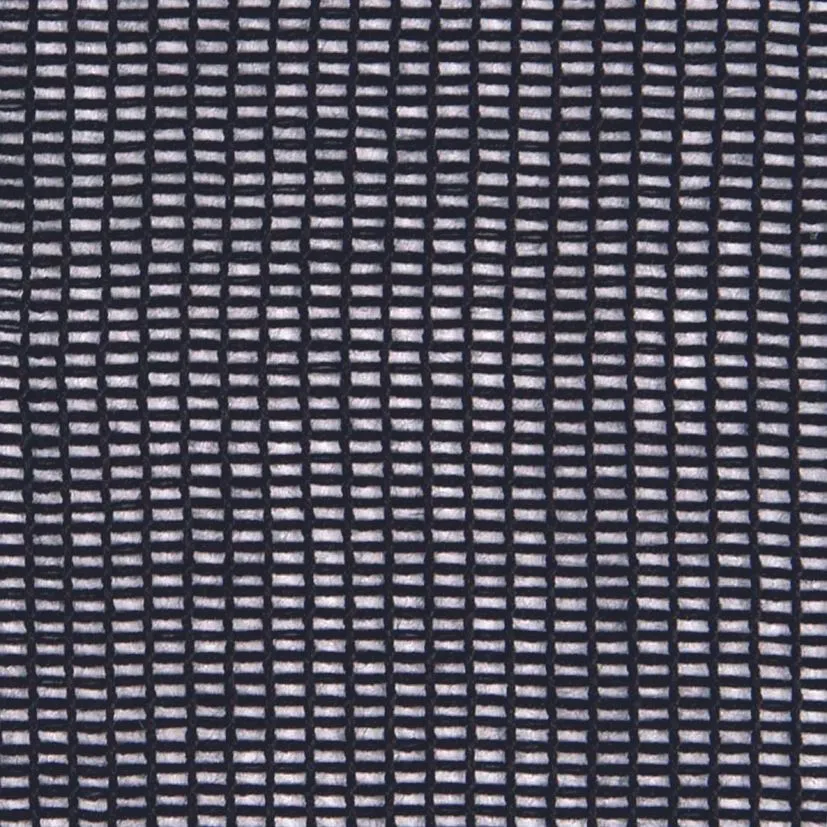SMALL PROJECTION TEXTILES-ABC
Grommet and semi-transparent nettle materials are often used in theaters and opera houses and as part of large events to create exciting visual effects. Semi-transparent materials can be opaque and appear completely transparent the next moment, depending on the lighting situation.
The finer the thread used and the denser the fabric, the more intensively this separation can alternate between open and closed. If the scenery behind the tulle or nettle fabric is illuminated while the fabric itself remains dark, it appears almost transparent. If, on the other hand, the tulle or nettle fabric is illuminated from the front and the scenery behind it is darker or at least not brighter, the tulle or nettle fabric appears as an almost closed surface.
This can be exploited particularly effectively with high-contrast projections. In bright areas, the projection materializes in the room, while the dark areas reveal the space behind the fabric.
The strength of the effect depends on numerous factors:
Moiré effect with grommets

Most projectors produce moiré effects on the grommets in unfavorable proportions. However, these moiré effects usually occur at small distances or at a very high resolution. Prior testing is recommended here.
Assembly of projection textiles

In addition to the correct direction of the fibers and as few visible seams as possible, assembly is particularly important for image quality. Slanted fibers or irregular stretching of the fabric lead to an inconsistent image, as do wrinkles or material changes due to improper handling or storage. The smallest changes in the fiber structure, such as moisture or pressure marks, can also have a significant impact on the quality of the image.
Visibility of the material
The viewing distance and the mesh size of a fabric determine how visible a material is
- A close-meshed fabric enables better projection, the background almost disappears completely, but the fabric is also clearly visible when not projected and the effect is easier to see through.
- A wide-meshed fabric has poorer projection properties and does not appear closed even with strong light contrasts.


Weaves
- Heirloom grommets are very transparent due to their honeycomb weave pattern and absorb less projection light, but allow better contact between the viewer and the scenery behind them. However, it should be noted that heirloom veils are very unstable and have a tendency to warp. With portal veils, the sides are usually guided in ropes; at the back of the stage, the sides are often concealed or covered with a side scarf on the left and right.
- Tapestry grommets offer the light more fiber surface area and therefore provide a better projection. However, they are always perceptible as a fabric in the room due to their density. The resulting separation between viewer and scene may be desirable, but should always be taken into consideration. Compared to pea sleeves, tapestry sleeves are characterized by greater dimensional stability, so that sleeves hanging freely in the room are usually tapestry sleeves.
- In addition to the pea and tapestry grommets, fine grommets are also available, which enable the same effects at a close viewing distance.



Effect of the projection
The brightness or coloration of a tulle is decisive for the effect of the projection
- A white tulle has a good projection quality in a dark room, but less scattered light is reflected intensively and the projection and, above all, the transparency are significantly influenced.
- A black tulle almost completely disappears in a dark room, but the projection properties are limited and the contrast behavior is poorer.
- For this reason, gray grommets are often used to ensure a certain degree of "invisibility" in the room with acceptable projection properties.


